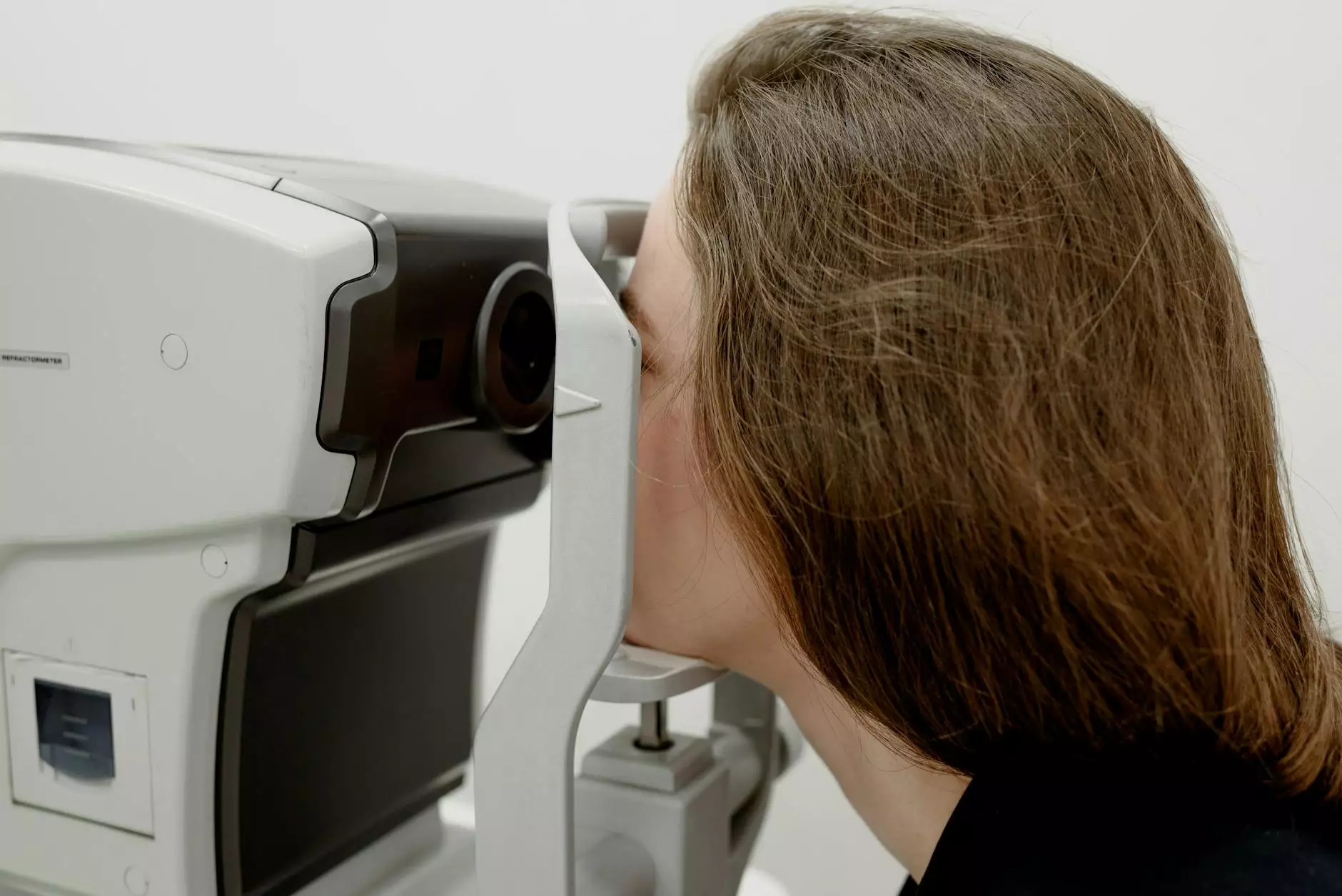Microwaves - A Comprehensive Guide to Recycling and Disposing

Introduction
Welcome to our comprehensive guide on recycling and disposing of microwaves. In today's world, where electronic waste poses a significant environmental challenge, it's essential to understand the proper methods of disposing old microwaves responsibly.
The Importance of Recycling Microwaves
Electronic waste, including microwaves, contains hazardous materials such as lead, mercury, and flame retardants that can harm the environment and human health if not handled correctly. By recycling microwaves, we can reduce the amount of electronic waste that ends up in landfills and decrease the potential negative impacts on our ecosystem.
The Recycling Process
When it comes to recycling microwaves, several steps are involved:
1. Preparation for Recycling
Before recycling your microwave, there are a few steps you should take:
- Disconnect the microwave from the power source and remove any accessories.
- Clean the microwave thoroughly, ensuring no food residues or substances are left inside.
- Check for any company-specific instructions regarding the disposal of their products.
2. Locating Recycling Centers
Next, you need to find local recycling centers or electronic waste collection events that accept microwaves. You can search online or contact your local government or waste management agencies for information on recycling facilities near you.
3. Proper Packaging and Transportation
When transporting your microwave to the recycling center, it's important to package it securely to prevent any damage or leakage of hazardous materials. Consider using packaging materials like bubble wrap or newspaper and tape to secure the microwave. Place it in a sturdy box and label it as "Electronic Waste - Handle with Care."
4. Recycling Methods
At the recycling facility, microwaves undergo a series of processes to extract valuable materials and ensure proper disposal of hazardous substances. These processes may involve:
- Dismantling the microwave to separate different components such as the circuit board, metal parts, plastic parts, and glass.
- Removing hazardous materials like lead and mercury using safe techniques.
- Recycling valuable materials like copper and aluminum for reuse in manufacturing new electronic devices.
- Disposing of non-recyclable and hazardous components through appropriate methods.
Alternatives to Recycling Microwaves
If recycling facilities are not readily available in your area, consider exploring alternative options:
1. Donation
If your microwave is still in working condition, consider donating it to local charitable organizations, community centers, or shelters. Many people can benefit from a functional microwave, and it allows for further use before eventual disposal.
2. Repair or Repurpose
If your microwave has minor issues or defects, explore the possibility of repairing it. Contact professional repair services or browse online for troubleshooting guides. You may also repurpose the microwave for other creative uses, such as an art project or storage container.
Conclusion
Properly recycling or disposing of microwaves is crucial for safeguarding the environment and reducing electronic waste. By following the steps outlined in this comprehensive guide, you can play a significant role in promoting a sustainable future. Remember to always prioritize responsible waste management and spread the knowledge to help others make informed decisions.









